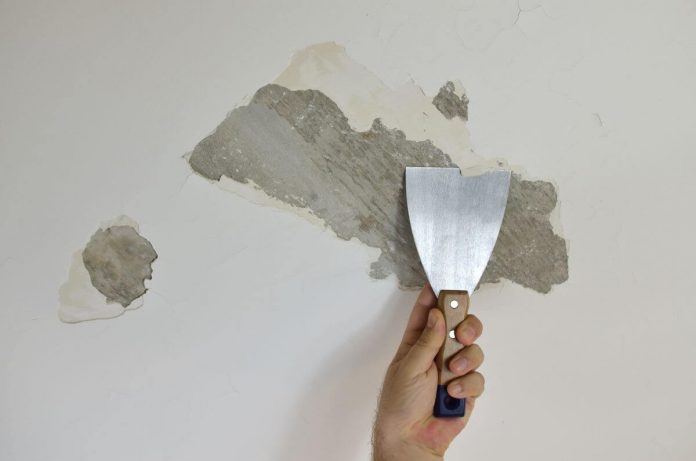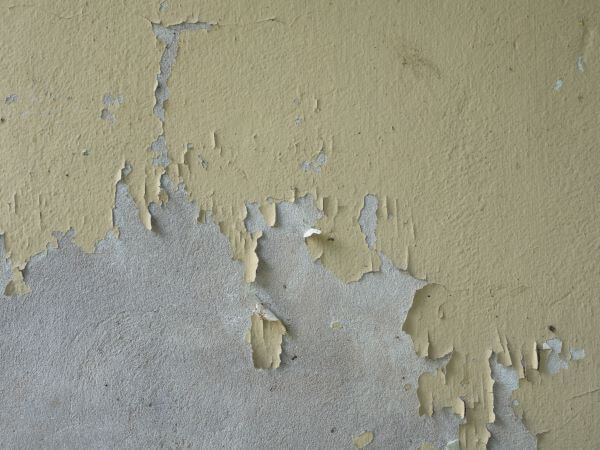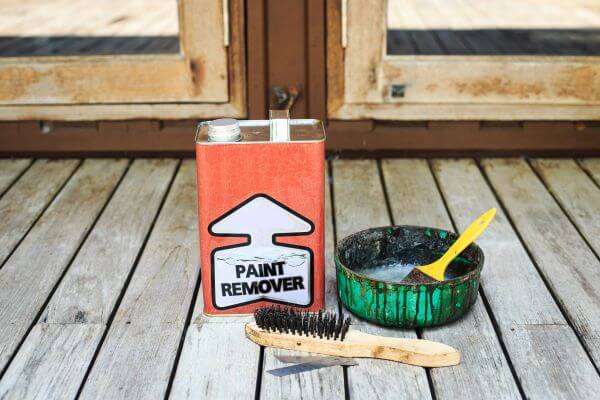
First Published: 14th July 2023, written by Olivia Doonan | Last Updated on 14th July 2023 | Reviewed and Edited by Chloe Safilo
Paint removal is a laborious task that can end in disaster without the right tools or discipline. There might also be hidden hazards beneath the paint that you may be unaware of, from lead to mould or corrosion. Leaving the task to the experts would be a safer and more cost-efficient resolution.
If you are looking for paint removal experts, you can rely on ICE Cleaning’s specialists to take charge of the task. Its experts are well-equipped for delicate and dangerous jobs, accredited by companies like IOSH and BISCs, ensuring your property is in safe hands.
Why Would You Need To Remove Paint From A Wall
There are a number of reasons why you would need to remove old paint from an interior wall rather than simply overpainting it:
Some walls will have deep flaky, peeling paint, and the time and costs to remove loose debris followed by a new coat of plaster is more expensive than you might think.
Mould may also have been an issue and contaminated the whole wall, including the paint.
One other more worrying reason is that older paints contain traces of lead which has been proven to be dangerous to humans, and painting over lead paint does not stop it from being a health risk to us.
These are just some of the reasons why you would choose to completely remove paint from an interior wall in your living room, bathroom, bedroom, or kitchen.
Read on to learn more about paint removal and how to do it safely.

Can You Remove The Paint Yourself?
Some online guides may advise you to use a paint scraper, chemical paint stripper or heat the paint with hairdryers or heat guns, but this is incredibly dangerous. Using heated devices on plaster walls could lead to a fire, which can spread quickly with the chemicals present in some emulsion paint.
Paint strippers are also not very safe to use unless you are qualified. The chemicals in paint strippers are toxic to inhale and touch, causing irritation to your respiratory tract and skin burns. Some of the common chemicals present in paint strippers are:
- Toluene: known to cause dermatitis, narcosis, respiratory irritation, and heart arrhythmia.
- Butanone: can trigger headaches, dizziness, respiratory irritation, and skin dryness.
- Butyl acetate: causes headaches, nausea, vomiting, drowsiness, and difficulty breathing.
- Cyclohexanone: can lead to headaches, blistered skin, cataracts, liver and kidney damage.
Using a paint scraper or sanding method is safer, but you must always test the old paint for lead before doing this.
What Are The Risks Of Removing Paint Yourself?
If you own a property built before 1992, it is imperative that you purchase a lead paint testing kit to ensure there are no traces of lead. Most professional painting companies will be able to test this for you, so even if you undertake the removal as a DIY project, it is well worth seeking the advice of a registered and qualified painter.
If you begin removing lead paint without any protection, you are at risk of lead poisoning, which can trigger effects like:
- Constipation
- Abdominal pain
- Memory problems
- Infertility
- Intellectual disabilities
- Anaemia
- Seizures
Regardless of the compounds in paint, removing it without goggles, gloves, and respiratory protection could result in severe illnesses. If you intend to paint a hard-to-reach area, contact professional paint removers with an IPAF qualification to assist.
Can Paint Be Removed Without Damaging The Wall?
If you decide to remove the paint from plaster manually through sanding or scraping, there is a distinct possibility that you may damage the wall without meaning to. Scrapers can be hard to use if you do not have the skills of a professional painter, and you might end up digging sharp tools into the wall, only causing further damage to the smooth surface. This could lead to having to use the services of a professional plasterer, which will cost more money and time.
Using a combination of elbow grease, sanding and scraping is, however, the safest way to remove all the paint manually, and this is easy to achieve on a small section of the wall that requires little effort. That said, you will need professional assistance to assist for bigger jobs such as exterior, tall, or large walls.
One other consideration when thinking about removing paint from your interior wall is that you may have obstacles that will make the job that little bit harder as some houses will have coving or cornicing that will also need removal of loose paint and with some ornate cornicing this can be an intricate challenge.
The other obstacle that springs to mind is the skirting boards as most UK households will have a wooden board that will usually have been painted using an oil based paint making removal a much harder and more time consuming job.
If you are in need of a qualified professional on-site to tackle a big job or remove lead paint, ICE Cleaning’s paint removal experts can help. Using a professional paint removal service that covers interior walls and exterior walls that may need graffiti removal, mould resistance and general brick and stone cleaning will benefit not just you but your house in the long run.

The Advantages Of Removing Paint From Your Walls
Whilst removing multiple layers of old paint is a time consuming and in some cases, costly job to undertake when renovating your house it does have some clear advantages to overpainting. The clean lines against window frames and door frames that years of paint have hidden will be sharp, like new and not to mention any intricate plaster work that will have so much more definition once back to its original state will have your guests in awe of your beautiful paintwork.
In Conclusion
Paint removal is not an easy task for anyone, including professional paint removal companies, so before undertaking this job, you will need to ensure your own safety by examining the original paint and testing for any lead based paint residue, wear protective gear such as gloves, safety goggles, a protective dust mask, drop cloths, and old clothing that will give you the best chance to successfully complete the arduous task of removing old paint from your walls.
If you opt to use a team of professional paint removal experts, always check for credentials, insurance and testimonials on their website before paying any money for work.






















































